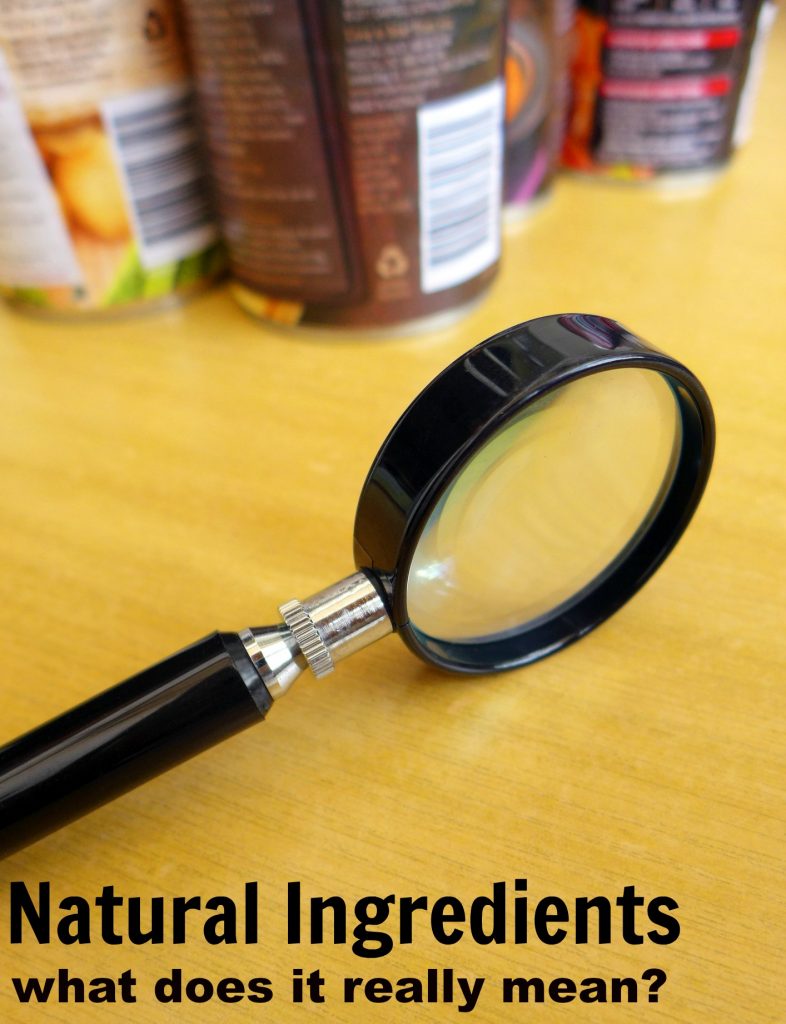If you are a label reader like I am, you have probably come across the term natural ingredients in food that you purchase for your family. Have you ever wondered what those natural ingredients really are? You look at the back of the package and see the words natural ingredients and you think ‘That must be healthy, right? ‘ You might be surprised at what the term natural ingredients really covers. Ever hear of something called Ambergris? Ambergris is also known as whale vomit and is considered a natural ingredient in food. According to the definition in Wikipedia, it is ” a solid, waxy, flammable substance of a dull gray or blackish color produced in the digestive system of and regurgitated or secreted by sperm whales.” Yeah, like that sounds like something you would want to put into food, right? Don’t you want to eat that with your next meal?
Natural Ingredients in Food You Really Don’t Want to Eat!
Posts feature partner companies & may be sponsored. Post contains affiliate links & I will be compensated if you make a purchase after clicking on links. As an Amazon Associate I earn from qualifying purchases.
Technically, ambergris is a NATURAL substance. The Food and Drug Administration (FDA) defines a natural ingredient as “ingredients extracted directly from plants or animal products as opposed to being produced synthetically.” Well, ambergris is derived from nature but I still don’t think I want it in my food! Is it a better choice for you than, say, a completely artificial ingredient made in a laboratory? Probably. At least it comes from nature, right? Even if it is really, REALLY gross to think about?
✯Don’t want to miss the next post?✯ Follow Turning the Clock Back on Facebook | Twitter | Pinterest Or join the private Facebook group for simple tips on going green!
Think About This: The FDA has a list of over 3000 ingredients in its database that are allowed to be added to our foods. In this list of thousands of ingredients, what else is given a seemingly harmless name but would gross us out if we knew it’s true origins? Just because you see the words natural ingredients in food doesn’t mean you want to know where they came from but I am going to share with you anyhow.
- Check out your next purchase of vanilla ice cream…you may just find that it contains the ingredient castoreum which is made from beaver anal glands. And if it is in your ice cream in small enough amounts, the company isn’t even required to list in on the ingredient label. Beaver anal gland ice cream is really not appealing.
- L-cysteine (also known as cysteine) is made from human hair, duck feathers, pig bristles, and hooves, etc. It is a common ingredient in nutritional supplements and is also used as a dough enhancer.
- Methylparaben is used as a food preservative and is extracted from female dogs in heat. Yep, a totally natural ingredient in food that I am not interested in eating!
- Titanium dioxide is a naturally occurring mineral that is added to skim milk to make it look ‘whiter’…apparently skim milk is really a light blue color that no one would really want to drink so they whiten it for you. And, no, it is not there in large enough quantities to have to be on the ingredient label.
- Shellac is derived from the female Lac beetle and is used to make your Skittles shiny and to coat your ice cream sprinkles. Like you didn’t have enough questionable ingredients in your ice cream from the anal glands?
- Carmine (cochineal) is a natural red food color derived from crushing thousands of beetles and boiling them. Yummy sounding, right? This one is even allowed in organic foods! As long as the smooshed beetles are organic, we can eat them….right? What is it with extracting natural ingredients from bugs?
This is just a very short list of some of the natural ingredients that are allowed in our foods because the FDA has said that they are safe. But just because it is SAFE to eat, do we WANT to? And who the heck found a pile of whale vomit on the beach and decided that they could do something useful with it?
I admit, I will happily choose a food that lists ‘natural ingredients’ rather than synthetic ingredients because it seems like the safer alternative, right? I just know for a fact that if a company listed whale vomit on their ingredient list, they probably wouldn’t make too many sales!
Do you look for natural ingredients in food when you grocery shop?

Diane is a professional blogger and nationally certified pharmacy technician at Good Pill Pharmacy. She earned her BS in Microbiology at the University of New Hampshire and has worked in cancer research, academics, and biotechnology. Concern over the growing incidence of human disease and the birth of her children led her to begin living a more natural life. She quickly realized that the information she was learning along the way could be beneficial to many others and started blogging and freelance writing to share this knowledge with others. Learn more about her HERE.

